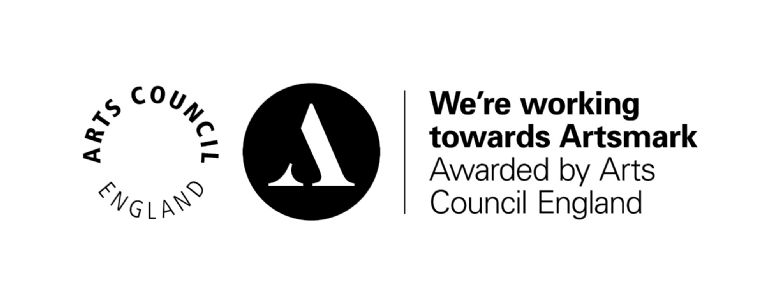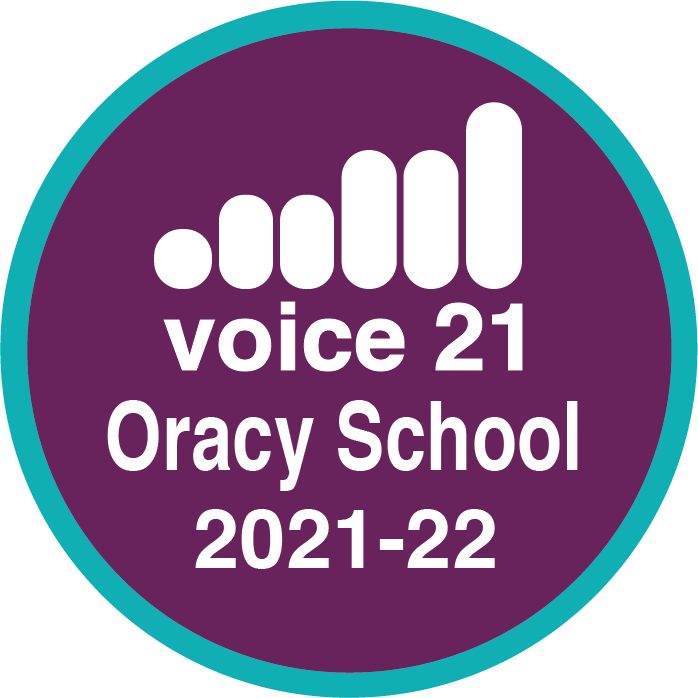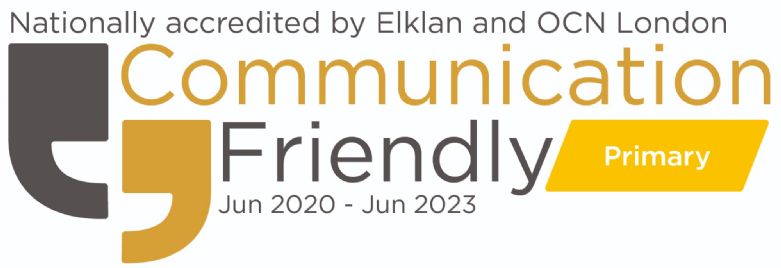Safeguarding and Governance
The Role of Governors and Safeguarding
John Durance is the named governor for safeguarding the school and meets regularly with the Inclusion Team.
For detailed guidance, see: Governors’ Handbook – Department for Education
The Governing Body has a duty to ensure that the school meets its statutory responsibilities and ensure that the children and young people attending the school are safe. This applies equally to all school settings, including maintained schools, academies and free schools. Section 175 of the Education Act 2002, and regulations under section 157 relating to safeguarding pupils in Independent Schools (including academies), place a duty on the governing bodies of maintained schools, and academy trusts, to have arrangements in place to ensure that they:
- carry out their functions with a view to safeguarding and promoting the welfare of children; and
- have regard to the statutory guidance issued by the Secretary of State in considering what arrangements they need to make for the purpose of that section.
The statutory guidance, ‘Keeping Children Safe in Education’, places statutory requirements on all governing bodies. Governing bodies must make sure their school has policies and procedures in place and take into account any statutory guidance issued by the Secretary of State, any local authority guidance and locally agreed inter-agency procedures.
Governing bodies will decide for themselves how they organise their strategic and monitoring functions. Although they may decide to allocate individual governors to be responsible for specific areas, e.g. Safeguarding or Child Protection, it is not statutory that they do so.
Although not a requirement, it is helpful if all governing body members have training about safeguarding, whether the governing body acts collectively or an individual member takes the lead. This will make sure they have the knowledge and information needed to perform their functions and understand their responsibilities.
Attendance
In addition to the statutory responsibility to record the attendance of pupils, it is important that Governors ensure that they understand the follow-up processes for absence. An important risk factor in abuse and neglect is poor school attendance and tackling that is a key aspect of managing student safety.
School Security
Governing bodies are responsible for ensuring that the school is a safe place. Managing the school perimeter and access to buildings is a significant aspect of security, as is the management of staff and visitors to the school. It is good practice for schools to aim for one entrance where reception staff can manage visitors. At this single point of entry, staff should be able to prevent access to the school to visitors without satisfactory identification and a reason for their visit.
It is helpful if visitors to the school can be readily identified and visitor badges should be worn. In this way, anyone with a badge can be politely challenged. Many schools now use ID badges for all staff, particularly in higher risk situations, including inner city areas, large sites and special schools. Some schools also issue badges for pupils, particularly for sixth form students who may not be wearing school uniform.
Safer Recruitment
A key aspect of safeguarding is the vetting of applicants and prospective volunteers working with children to make sure they are not unsuitable. Guidance on this is in section 5 of the Governors’ Handbook, and in ‘Keeping Children Safe in Education’ (2015).
Governing bodies must be clear about the checking and vetting processes, before shortlisting, during the interviews and afterwards. They should be assured there are effective processes in place for arranging checks, including DBS, identity, right to work in the UK and any required overseas police checks, often called a ‘Certificate of Good Conduct’.
The governing body or academy trust must reassure itself that all appropriate suitability checks have been undertaken and that the school keeps a single central record, detailing the range of checks it has carried out on its staff.
When making appointments, governing bodies and academy trusts will need to reassure themselves that mechanisms are in place within the school to check that any person employed to teach has the required teaching qualifications and has successfully completed any statutory induction required.
Allegations against staff and volunteers
Governing bodies must have a clear policy and procedures for managing allegations against staff. Chairs of governing bodies are expected to work with the headteacher (unless the allegation concerns the headteacher) and local authority Designated Officer to confirm the facts about individual cases. They are also expected to reach a joint decision on the way forward in each case.
In cases that involve the headteacher, the Chair of Governors is the key person to deal with the allegation.
Referring cases to the NCTL and the Disclosure and Barring Service (DBS)
Allegations of serious misconduct against a teacher may be referred to the National College for Teaching and Leadership (NCTL) when they have dismissed a teacher for misconduct, or would have dismissed them had they not resigned first.
A referral to the DBS must be made if someone has harmed, or poses a risk of harm to a child and who has been removed from working (paid or unpaid) in regulated activity, or would have been removed had they not left. Referrals should be made to both the DBS and the NCTL in cases where there is alleged serious teacher misconduct as well as harm or risk of harm to a child.
Further details: DBS Referrals
Annual Report to Governors
“The governing body of a maintained school shall make arrangements for ensuring that their functions relating to the conduct of the school are exercised with a view to safeguarding and promoting the welfare of children who are pupils at the school.” Education Act 2002 (Section 175) There is a similar duty on local authorities.
The school’s Child Protection policy should be reviewed annually by the governing body. Keeping Children Safe in Education (2015) says that governing bodies should work with the Designated Safeguarding Lead to ensure that safeguarding procedures and their implementation are updated and reviewed regularly.
It is useful, therefore, to use the review of the child protection policy, to monitor the school’s safeguarding compliance, highlight issues and plan for improvements. An annual report is an opportunity for governors to discuss safeguarding and child protection at a strategic level. Many schools report to governors on a termly basis.
Although the safeguarding report is not a place for the discussion of individual cases and anonymity must be preserved, many DSLs and governors find it useful to discuss redacted case studies to help understand local issues, strengths and areas for development.
An annual report to governors on safeguarding can also provide information to the Local Authority, so that they can fulfil their statutory duty under section 14B of the Children Act 2004. This Act states that schools and colleges must supply information to the Local Safeguarding Children Board in order to perform its functions and for monitoring the compliance of schools with safeguarding children and young people. This is frequently undertaken by means of an audit, often known as a Section 11 audit (under the Children Act 2004).
Some features of a safeguarding report to governors
- Period Covered
- Name of report author and date presented to governors
- Names of Designated Safeguarding Person(s)
- Training Record (of staff at all levels)
- Audit of relevant policies and review dates
- Number of initial referrals made, separated into physical, emotional, sexual and neglect
- Number of Meetings Attended by type:
- Initial Child Protection Conference
- Professionals Strategy meeting
- Child Protection Review Conference
- Core Group Meeting
- Common Assessment Framework – CAF
- Number of pupils subject to a Child Protection Plan
- Number of Children in Public Care
- Number of allegations made against staff
- Other comments on safeguarding issues or concerns
- Comparison information from previous year
- Trends and impact of any new legislation or guidance
- Any deficiencies in the safeguarding procedures and actions required to rectify them



















